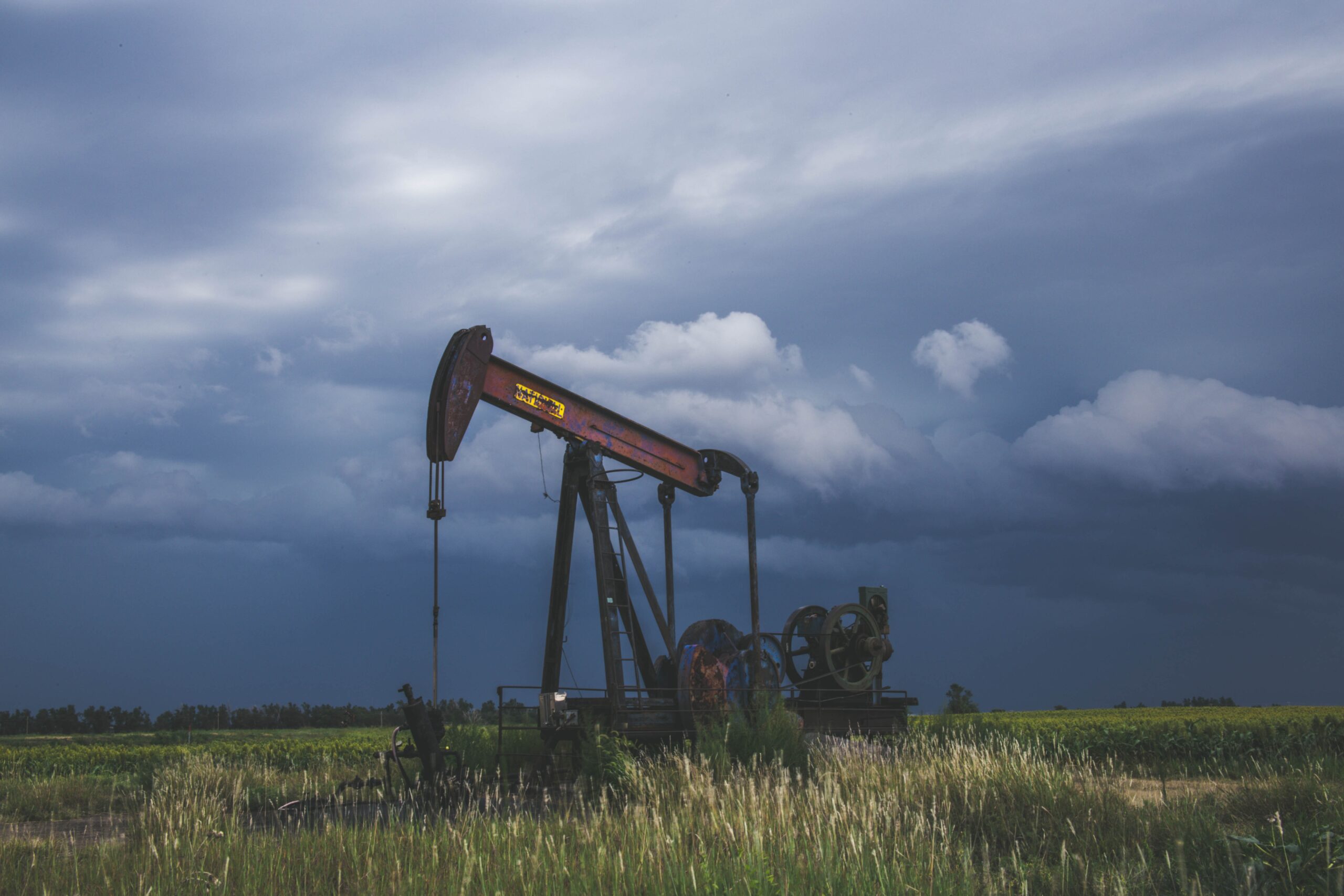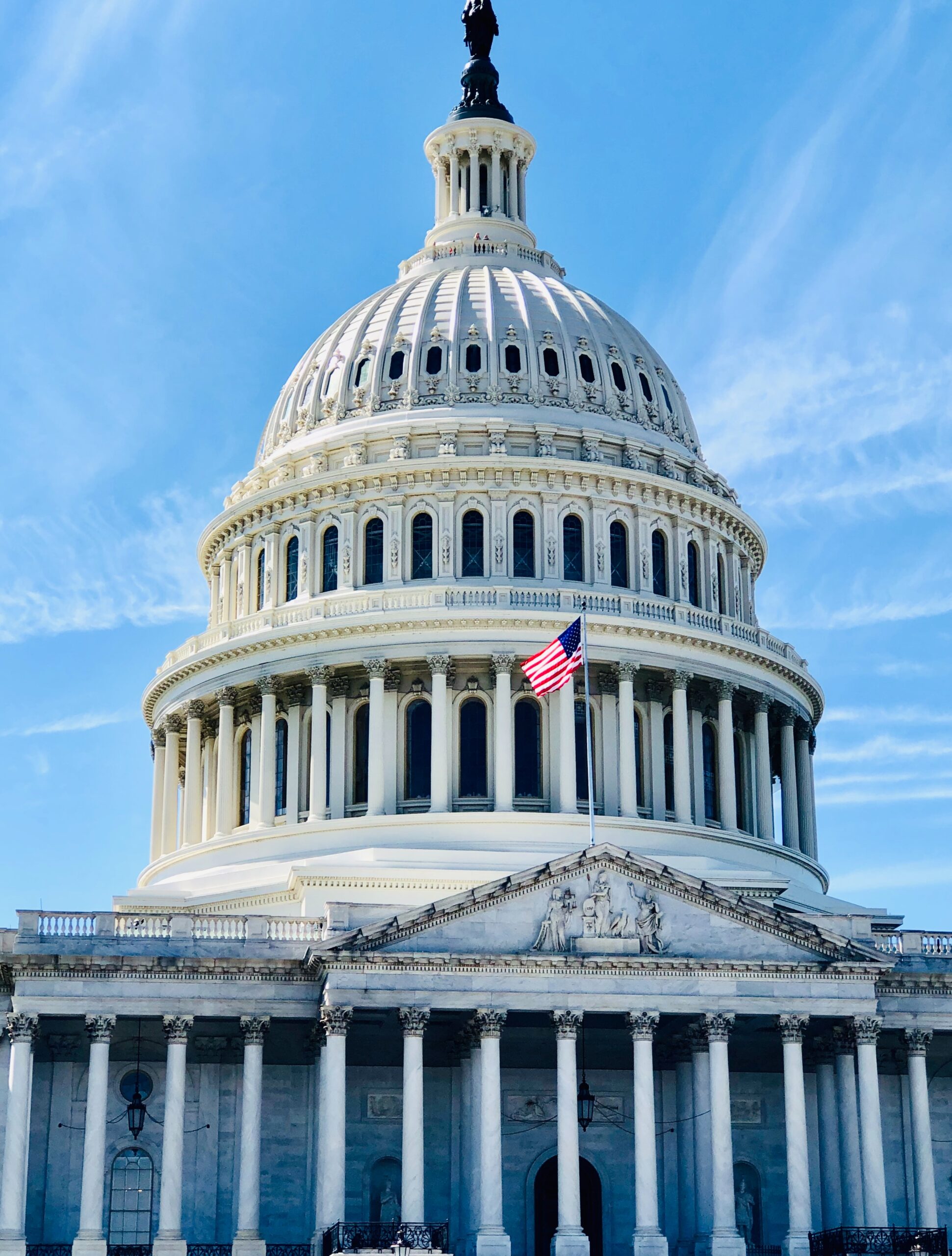We’ve been trying to learn as much as possible about the new Covid-19 vaccines and how they might impact the economy going forward. The science is fascinating. For years, scientists have been dreaming of using messenger RNA (mRNA) to combat disease but up until now that had been out of reach. Covid-19 has spurred major investment in this technology and now two companies appear to have viable mRNA vaccines with efficacy of over 90%. This is a huge leap forward in a very short time.
mRNA vaccines are different than the typical vaccine in several ways (per the University of Cambridge):
- Unlike a normal vaccine, RNA vaccines work by introducing an mRNA sequence (the molecule which tells cells what to build) which is coded for a disease specific antigen, once produced within the body, the antigen is recognized by the immune system, preparing it to fight the real thing
- RNA vaccines are faster and cheaper to produce than traditional vaccines, and a RNA based vaccine is also safer for the patient, as they are not produced using infectious elements
- Production of RNA vaccines is laboratory based, and the process could be standardized and scaled, allowing quick responses to large outbreaks and epidemics
- Most current research is into RNA vaccines for infectious diseases and cancer, for which there are several early-stage clinical trials, there is also some early research into the potential of RNA vaccines for allergies
- There is still a lot of work to be done before mRNA vaccines can become standard treatments, in the meantime, we need a better understanding of their potential side effects, and more evidence of their long term efficacy
- Unintended effects: the mRNA strand in the vaccine may elicit an unintended immune reaction. To minimize this the mRNA vaccine sequences are designed to mimic those produced by mammalian cells
- Delivery: delivering the vaccine effectively to cells is challenging since free RNA in the body is quickly broken down. To help achieve delivery, the RNA strand is incorporated into a larger molecule to help stabilize it and/or packaged into particles or liposomes
- Storage: many RNA vaccines, like conventional vaccines, need to be frozen or refrigerated. Work is ongoing to reliably produce vaccines that can be stored outside the cold chain, since these will be much more suitable for use in countries with limited or no refrigeration facilities

It is likely that both the Moderna and Pfizer vaccines receive emergency approval from the FDA before the end of the year. We expect this to be a critical step on the path back to a normal economy if people are willing to take the vaccine.
In the United States, that willingness has been falling since May. Surprisingly the desire to take the vaccine has been falling among both Republicans and Democrats. In addition, the willingness to take the vaccine has declined among all races, age groups and educational levels.

And the reluctance to take the vaccine isn’t just a US phenomenon. The Economist surveyed individuals in many countries. Very few countries have seen a growing desire to take the vaccine.

Many other countries are talking about making the vaccine mandatory. We’re not sure that tactic would be successful in the US. Hopefully the new mRNA vaccines are as effective as advertised and come with limited negative side effects. Our assumption is that as safety and efficacy are proven, more people will look to vaccinate and return to a more normal life.
Overall we’re very impressed with the huge advancement science has made this year with mRNA. It’s amazing that under so much stress and in such a short period that these companies were able to create these new vaccines. This is just another example among many that human ingenuity really can improve the world we live in. The next decade will be an amazing time of scientific advancement across a host of issues facing the world.


